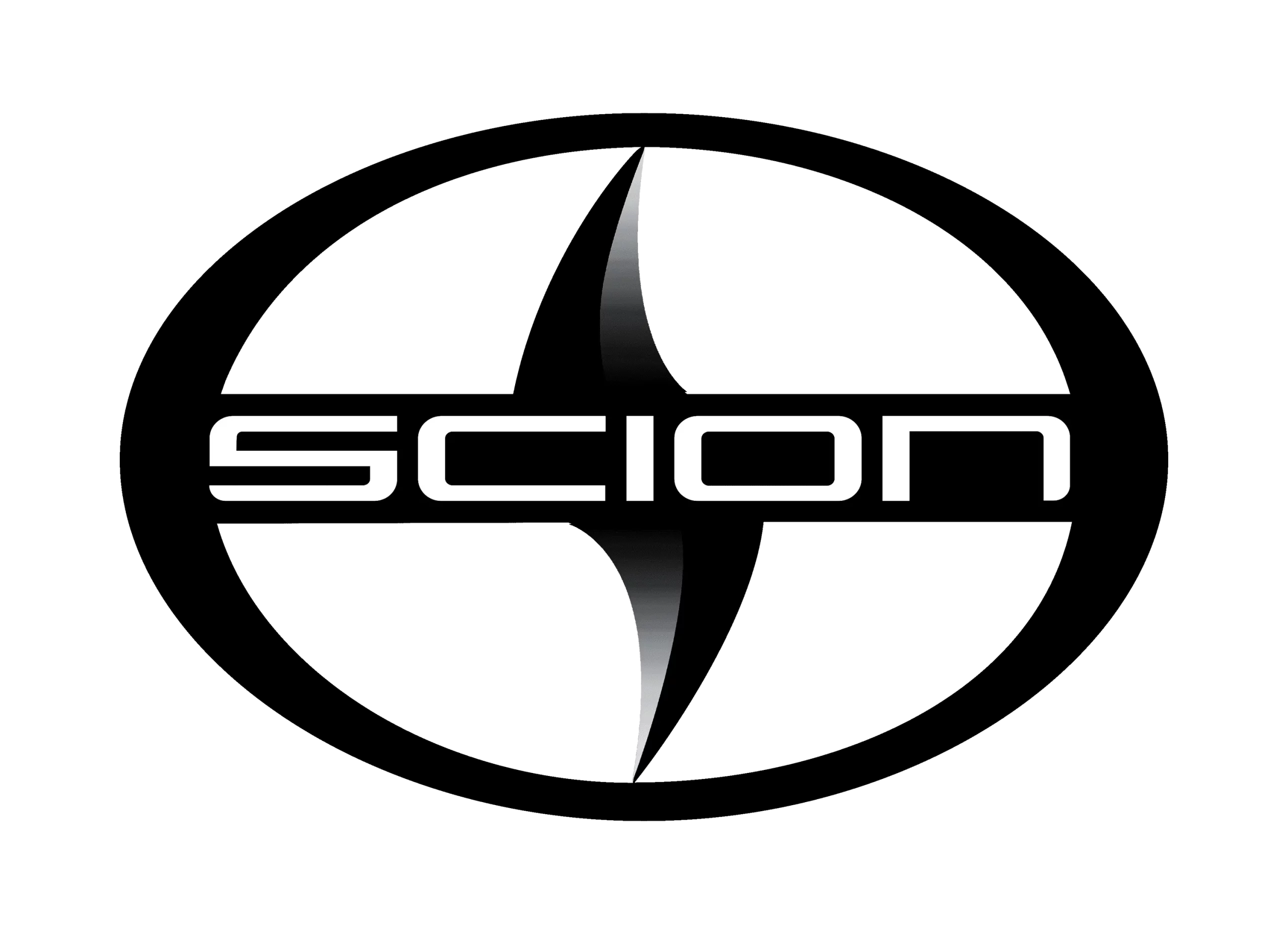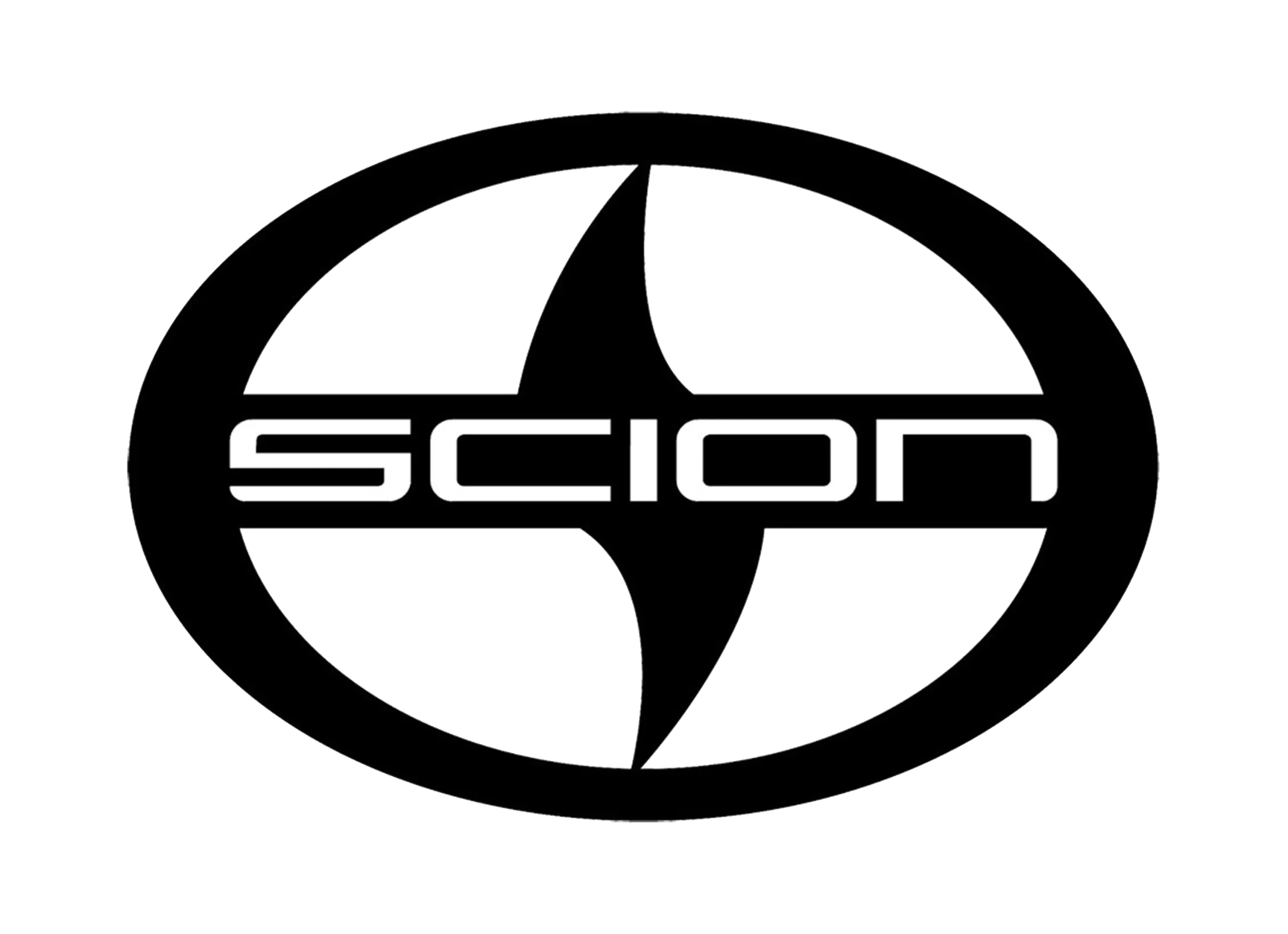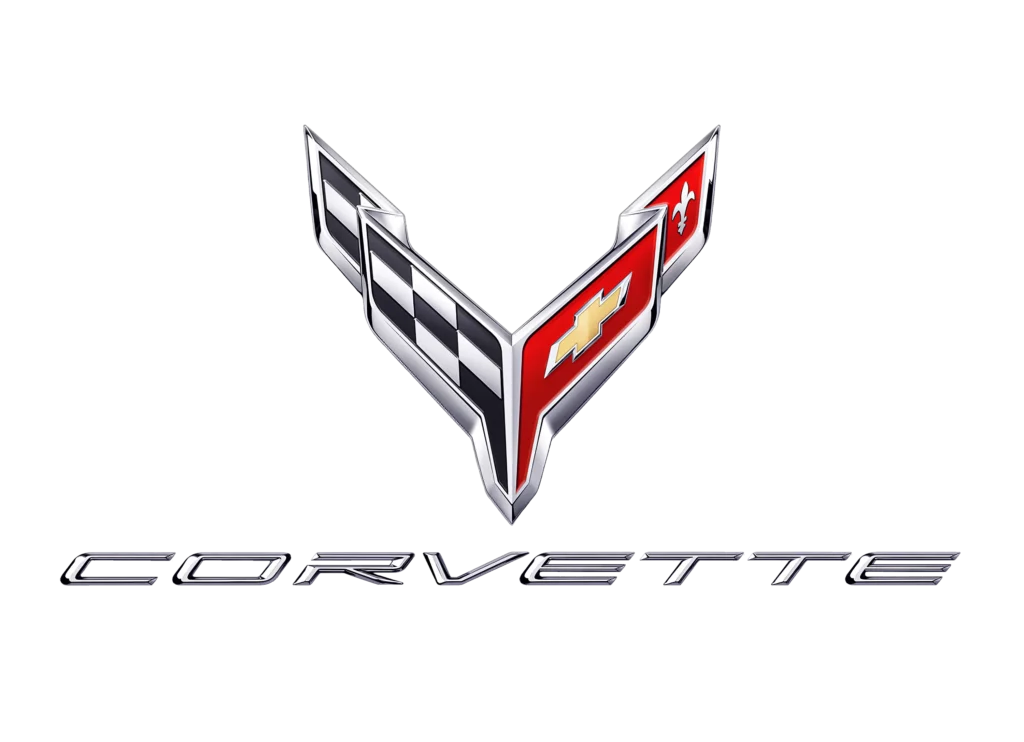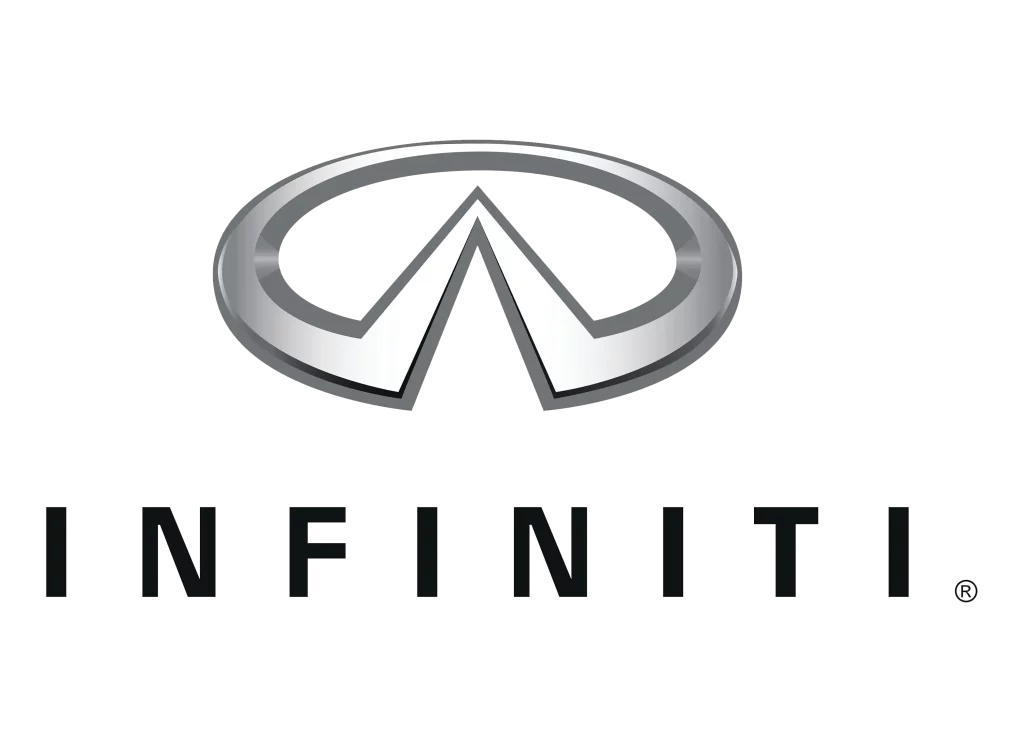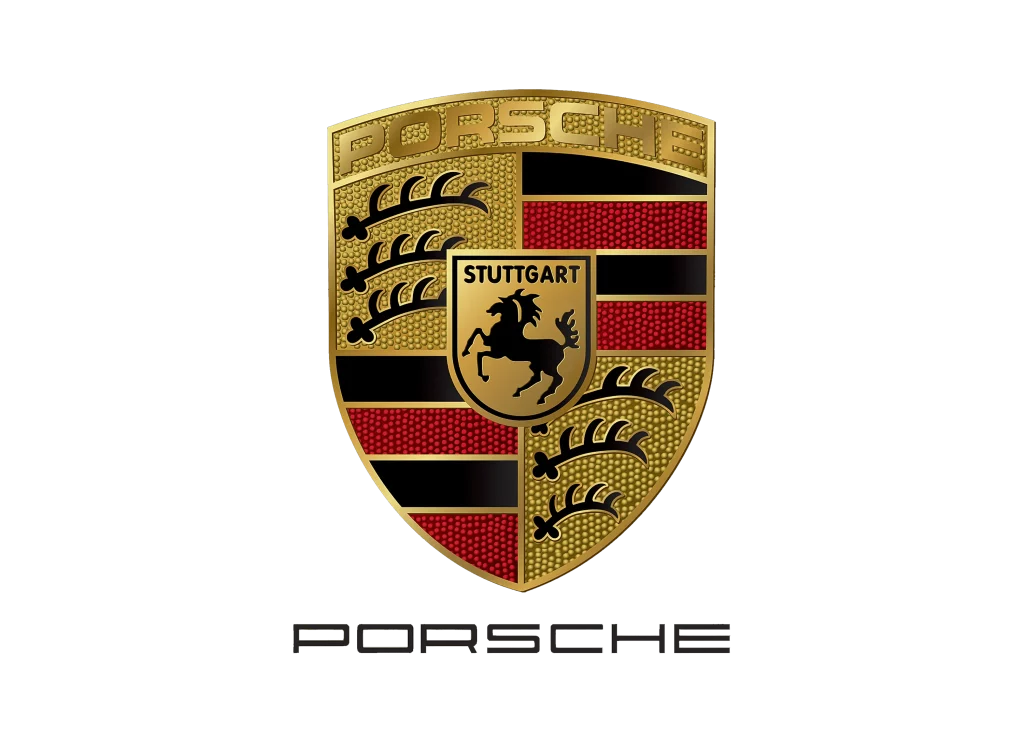Scion logo
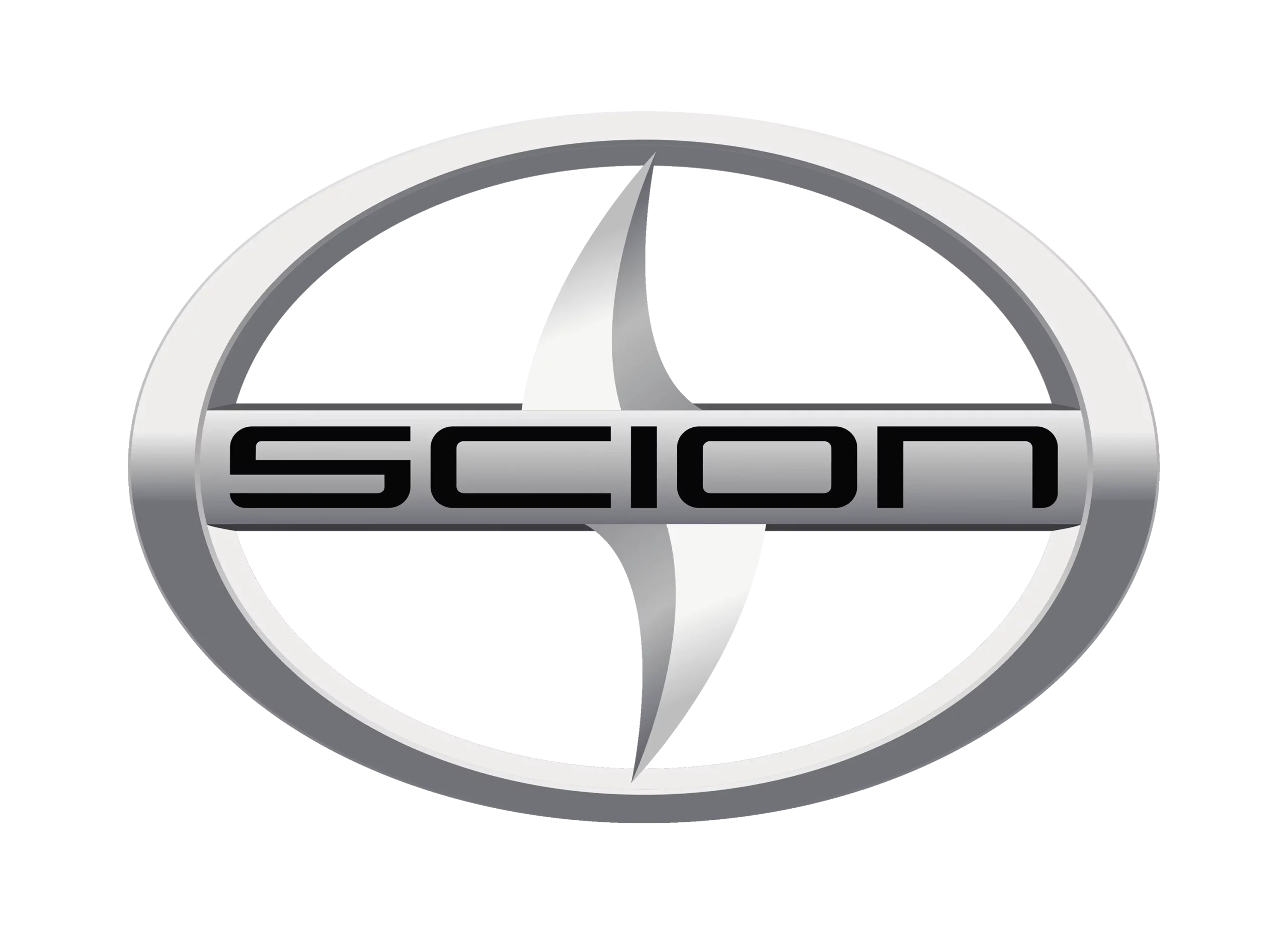
The Scion logo features a stylized “S” with sharp edges at the top and bottom, positioned in the center of an oval ring. The “S” is designed with three overlapping curves that create a three-dimensional effect, and it is colored in different shades of silver, with the darkest shade at the bottom, which creates a sense of depth and dimensionality.
The Scion wordmark is positioned in the center of the oval ring and is written in lowercase letters. The font used for the wordmark is a custom sans-serif typeface with a slightly condensed design, giving it a modern and contemporary look. The letters are colored in white, which contrasts with the silver background, making the wordmark stand out.
The overall color palette of the Scion logo is predominantly silver, which symbolizes innovation, modernity, and sophistication. The silver color also represents the brand’s focus on customization and personalization, as it is a popular color for aftermarket car parts.
The oval shape of the Scion logo creates a sense of unity and completeness, reflecting the brand’s commitment to providing a complete package of style, performance, and customization options to its customers. The stylized “S” adds a touch of dynamism and energy to the logo, reflecting the brand’s youthful and innovative spirit.
In summary, the Scion logo features an oval shape with a stylized “S” in the center, designed with three overlapping curves in shades of silver that create a sense of depth and dimensionality. The Scion wordmark is positioned in the center of the oval ring and is written in a custom sans-serif typeface in white letters. The overall color palette is predominantly silver, symbolizing innovation and sophistication. The logo creates a sense of unity and completeness, reflecting the brand’s commitment to providing a complete package of style, performance, and customization options to its customers.
Scion Brand Overview
2003
Toyota
Torrance, California, United States
No official website
Scion was a brand founded by Toyota Motor Corporation in 2003, exclusively for the United States market. The brand’s focus was on producing affordable, youth-oriented vehicles with a unique and stylish design. Scion quickly gained popularity among younger car buyers who were attracted to the brand’s unconventional approach and innovative marketing campaigns.
Despite its initial success, Scion struggled to maintain its momentum and failed to keep up with changing consumer preferences and trends. In 2016, Toyota announced the discontinuation of the Scion brand, and all Scion models were either discontinued or rebranded as Toyota vehicles.
Today, Scion has no models in production, and its legacy is limited to the vehicles it produced during its brief existence. However, the brand’s impact on the automotive industry can still be felt, as it paved the way for other automakers to focus on producing affordable, stylish vehicles for younger buyers.
In summary, Scion was a short-lived brand of Toyota Motor Corporation, founded in 2003 and discontinued in 2016. The brand was known for producing affordable, youth-oriented vehicles with a unique and stylish design, but it struggled to maintain its momentum and eventually folded into Toyota.
Scion History
Scion was a brand of Toyota Motor Corporation that was established in 2003 with the goal of producing affordable, youth-oriented vehicles with a unique and stylish design. The brand quickly gained popularity among younger car buyers and made a significant impact on the automotive industry during its short existence.
History of Scion
In the early 2000s, Toyota recognized that younger car buyers were becoming increasingly important to the automotive industry, but they were not being targeted by existing car brands. In response, Toyota decided to create a new brand that would appeal specifically to this demographic, and Scion was born.
Scion launched its first two models, the xA and xB, in 2003, and they were an instant success. The vehicles were marketed as affordable, customizable, and fun to drive, and they quickly gained a cult following among younger car buyers. Scion’s innovative marketing campaigns and unique approach to vehicle design set it apart from other automakers and helped to solidify its position in the marketplace.
Over the years, Scion introduced several other models, including the tC sports coupe and the FR-S sports car, which was developed in partnership with Subaru. The brand also experimented with alternative fuel vehicles, such as the iQ microcar and the xD hatchback, which were designed to be more fuel-efficient and environmentally friendly.
Despite its initial success, Scion struggled to maintain its momentum as consumer preferences and trends began to shift. The brand’s focus on youth-oriented vehicles with a unique design made it difficult to appeal to a wider audience, and sales began to decline in the mid-2010s.
In 2016, Toyota announced the discontinuation of the Scion brand, citing a desire to consolidate its product lineup and focus on its core Toyota brand. All Scion models were either discontinued or rebranded as Toyota vehicles.
Legacy of Scion
Although Scion was a relatively short-lived brand, it had a significant impact on the automotive industry. The brand’s focus on affordable, youth-oriented vehicles with a unique design paved the way for other automakers to target younger car buyers, and many of the customization and personalization options that Scion introduced are now commonplace in the industry.
Scion’s innovative marketing campaigns and unique approach to vehicle design also influenced the way that car brands engage with consumers. The brand’s emphasis on social media and grassroots marketing strategies helped to create a loyal fan base that was actively involved in the development and promotion of new models.
In conclusion, Scion was a brand of Toyota Motor Corporation that was established in 2003 with the goal of producing affordable, youth-oriented vehicles with a unique and stylish design. Although the brand struggled to maintain its momentum in the face of shifting consumer preferences and trends, it had a significant impact on the automotive industry and paved the way for other automakers to target younger car buyers.

